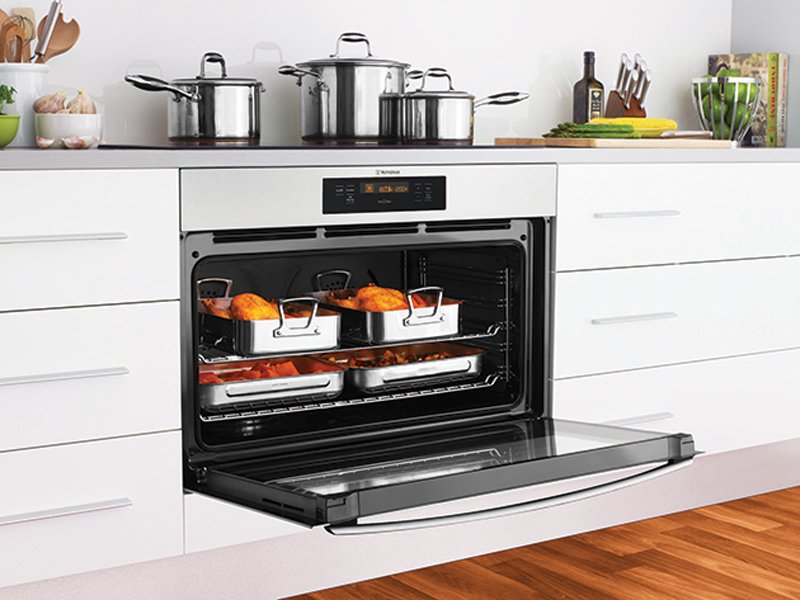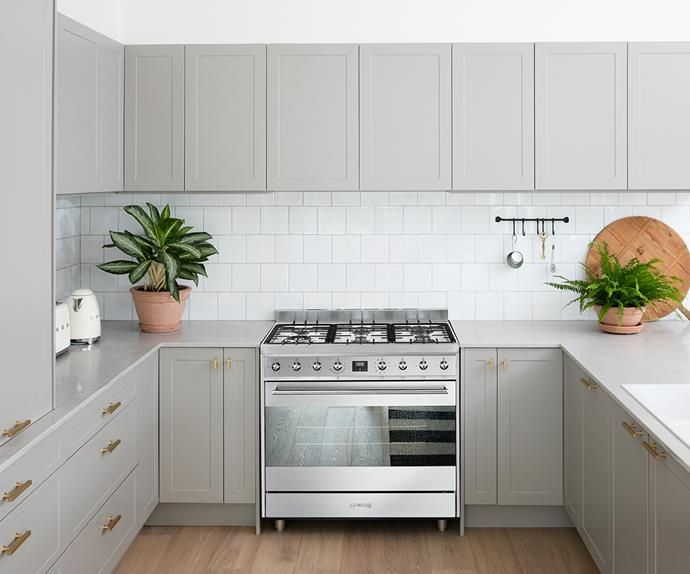Over the years, the oven has become a kitchen necessity. Whether it is a natural convection oven, a convection steam oven or even a microwave, it is a household appliance in its own right. They are even found on stoves, on these They are most often either gas or electric. This article will explain working and different types of oven available right now in the market so you know about oven when you choose to buy one.
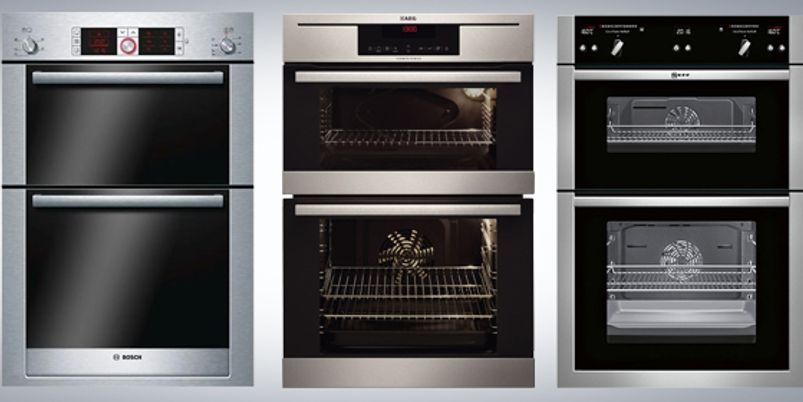
Oven usually classified into two different groups: Freestanding ovens and Built-in ovens. A distinction is made between free-standing ovens and built-in ovens below.
Different types of oven – Freestanding ovens
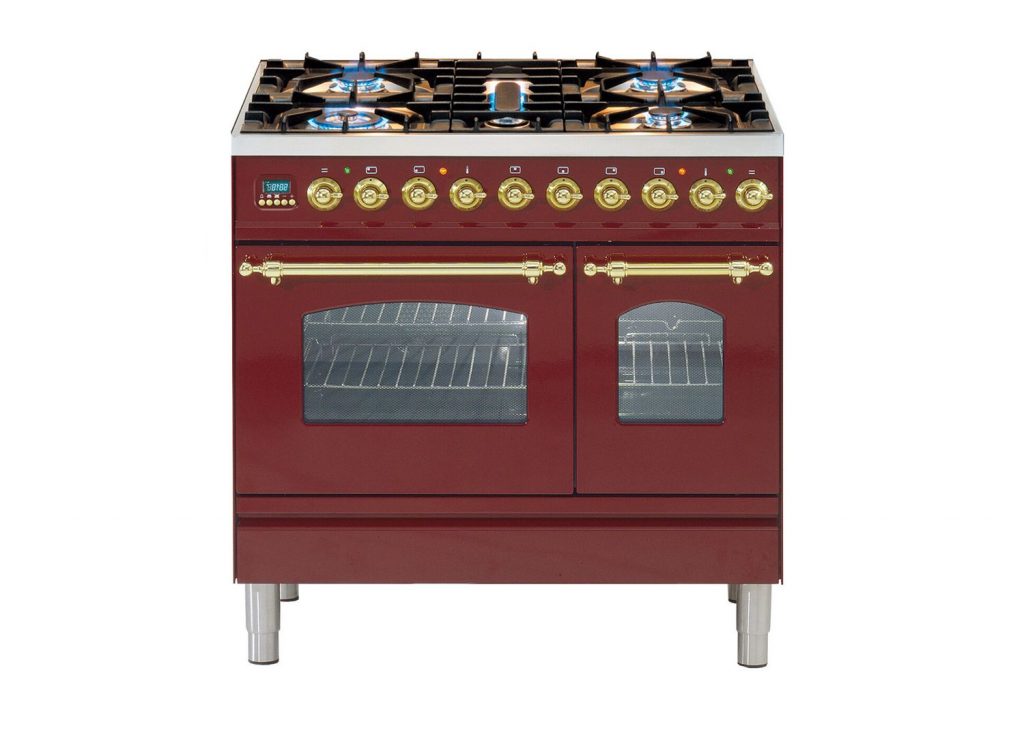
These models have the same qualities as a traditional oven, only the size differs. They have a much lower capacity. There are two types of oven posable:
The mini ovens : the smallest and most practical. Space-saving, however, less efficient than a traditional oven.
The compact ovens : smaller than a traditional oven. They do, however, have features that mini ovens do not.
The microwave ovens : the simplest to the most sophisticated. They allow you to defrost, reheat, and cook food in record time. Some with a grill, even gratinate and allow you to bake pastries. The latest innovation concerns steam ovens.
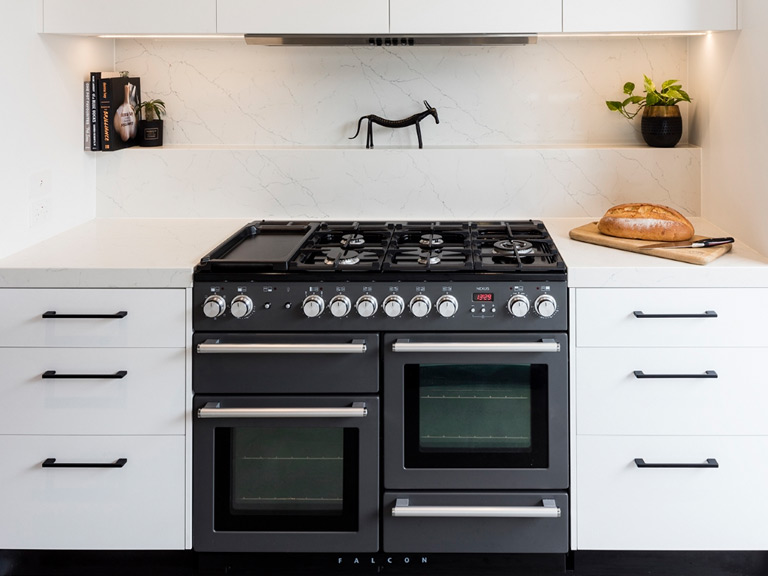
Built-in ovens
The majority of ovens these days are built-in. By blending into the world of the kitchen, they save space and provide total modularity. Often classified according to their cleaning method, there are 3 types of ovens: smooth enamel ovens, catalysis ovens and pyrolysis ovens.
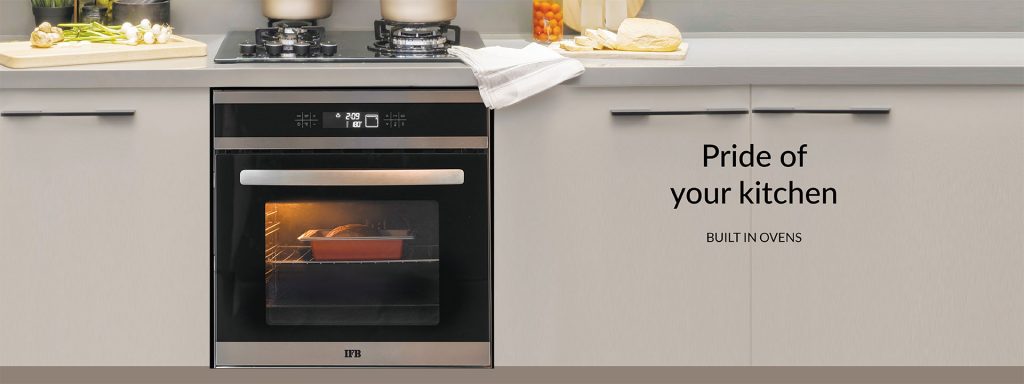
The smooth email : the coating of enamel kilns smooth, requires manual cleaning and regular. Easy to clean with a sponge and mild detergent. The smoother the non-stick and non-porous enamel, the easier it will be to clean. Clean the sole when it is still warm, the heat facilitates cleaning.
The catalysis: the coating of catalyzed ovens is micro-porous. The side walls and on some ovens sometimes the bottom are micro-porous. The coating absorbs spatters and cooking fat, which turn into a thin film, which will be oxidized by combustion when the temperature in the oven chamber reaches 200 ° C. The maintenance that follows is simple. All you have to do is pick up the residue with a sponge. Important the coating is fragile. Never scratch it, nor use detergents or strippers. Catalytic cleaning does not destroy sugar splashes.
The pyrolysis: The coating of catalyzed ovens is smooth and resistant to high temperatures. Cleaning is started manually using a specific program. The oven rises in temperature to around 500 ° C, causing the carbonization of all the dirt (grease and sugars) projected on the walls but also on the door. The fumes from these carbonizations are absorbed, filtered and purified by a fume catalyst. Pyrolyzed ovens have a safety system that locks the oven door as soon as the temperature reaches 300 ° C. Ashes come from combustion, a simple blow of sponge makes it possible to collect them. Some ovens are equipped with the “Pyrocontrol” program which adapts the cleaning time to the level of dirt in the oven. Trick : Start pyrolysis after cooking with the oven already hot, the temperature rise is shorter.
